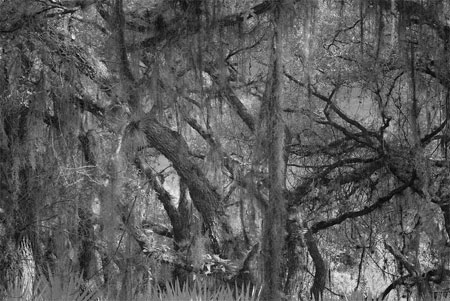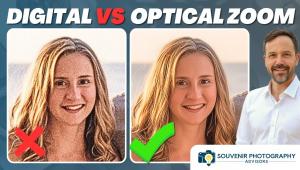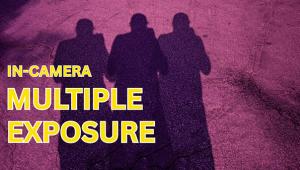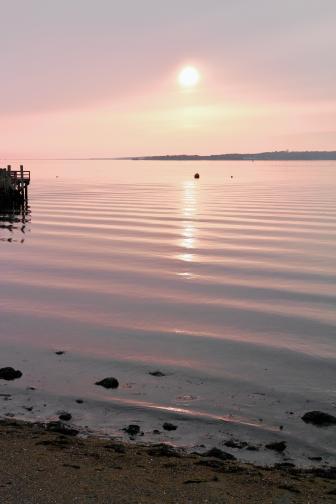Getting Into Infrared: Another Point of View
![]()
Getting Into Infrared: Another Point of View
by George Schaub
The wonderful thing about photography is that it allows for virtually every point of view and ability to render the visual world in any fashion you desire. It can range from "straight" reportage and documentation to the most fanciful interpretation of color, subject and perspective. When digital imaging got into the mix that potential for a different world view expanded even further, with software that can aid in the process by enhancing the image as if you had a custom printer at your beck and call. Yes, there are "morphing" programs that can bend and shape subjects at your whim, but even those should be seen as "servants" to your artistic vision rather than masters of the final result.

While infrared photography is not unique to digital, there's no question that it has been made easier. When shooting IR with film you could not load the camera unless you were in complete darkness (same with unloading); you could not even take the film out of the canister in the light! This meant using changing bags or running around looking for a windowless room. If you did not have processing down pat, IR negatives sometimes came out near-opaque, which made them a bear to print. And in today's travel climate, convincing a security agent at an airport security checkpoint that they cannot open the film canister for inspection is just another mark against the IR film route.

Of course, with digital, you can check exposure right after you make it, and tweak the settings to get a usable image without blocked highlights. You can bracket exposures and even shoot with Raw to get a black and white or color rendition.
Some film cameras were not apt for digital. But just about any manual focus and exposure camera could be used, which meant you could use an old workhorse, or pick one up for a reasonable price to use as your IR camera. That's not the case with digital. The IR filter in front of most sensors, used to block IR light and its ill effects, means the vast majority of digital SLRs cannot be used as IR recorders. There are a number of companies that will remove the IR filter for you, if you are willing to dedicate the DSLR to IR only shooting; this voids the camera warranty, but true IR fans are not dissuaded by that.

Another option is to get an "out of the box" solution, such as the Fuji S3 Pro that is dedicated to IR and UV (its model name is Fuji S3 Pro UVIR.) That's the camera I used to make the images shown here. When working with IR filtration enhances the effect, and I used a selection of Hoya filters, from red, which passed some light and allowed for viewfinder and, with the camera's LiveView mode, composition. The deeper Hoya filters, the 72 and 90, block all light except IR, so you have to compose before attaching the filter to the lens or ballpark it over the top.

If you want to read more about the S3 Pro, and IR techniques and tips, my full review is published in the April, 2007 issue of Shutterbug, which is on the way to subscribers now and will be on newsstands in early April. If you ever thought about delving into the magical world of IR, check it out!












































